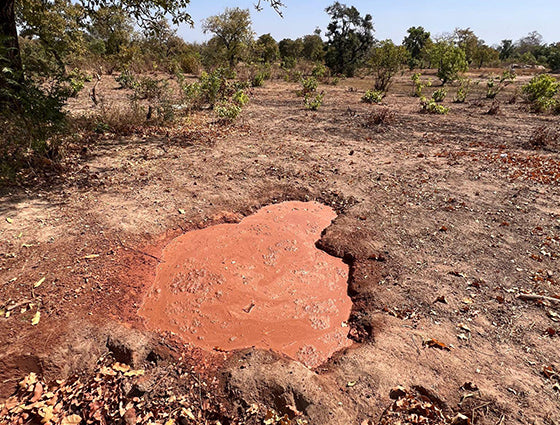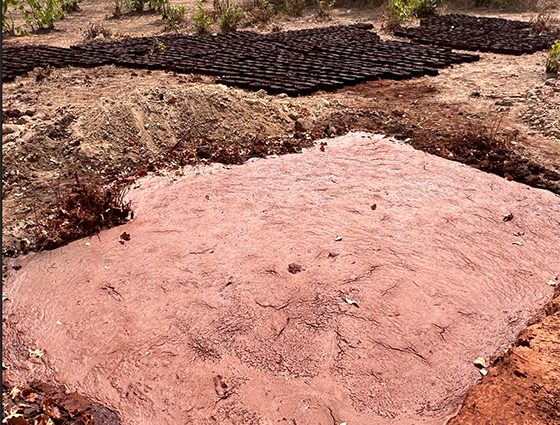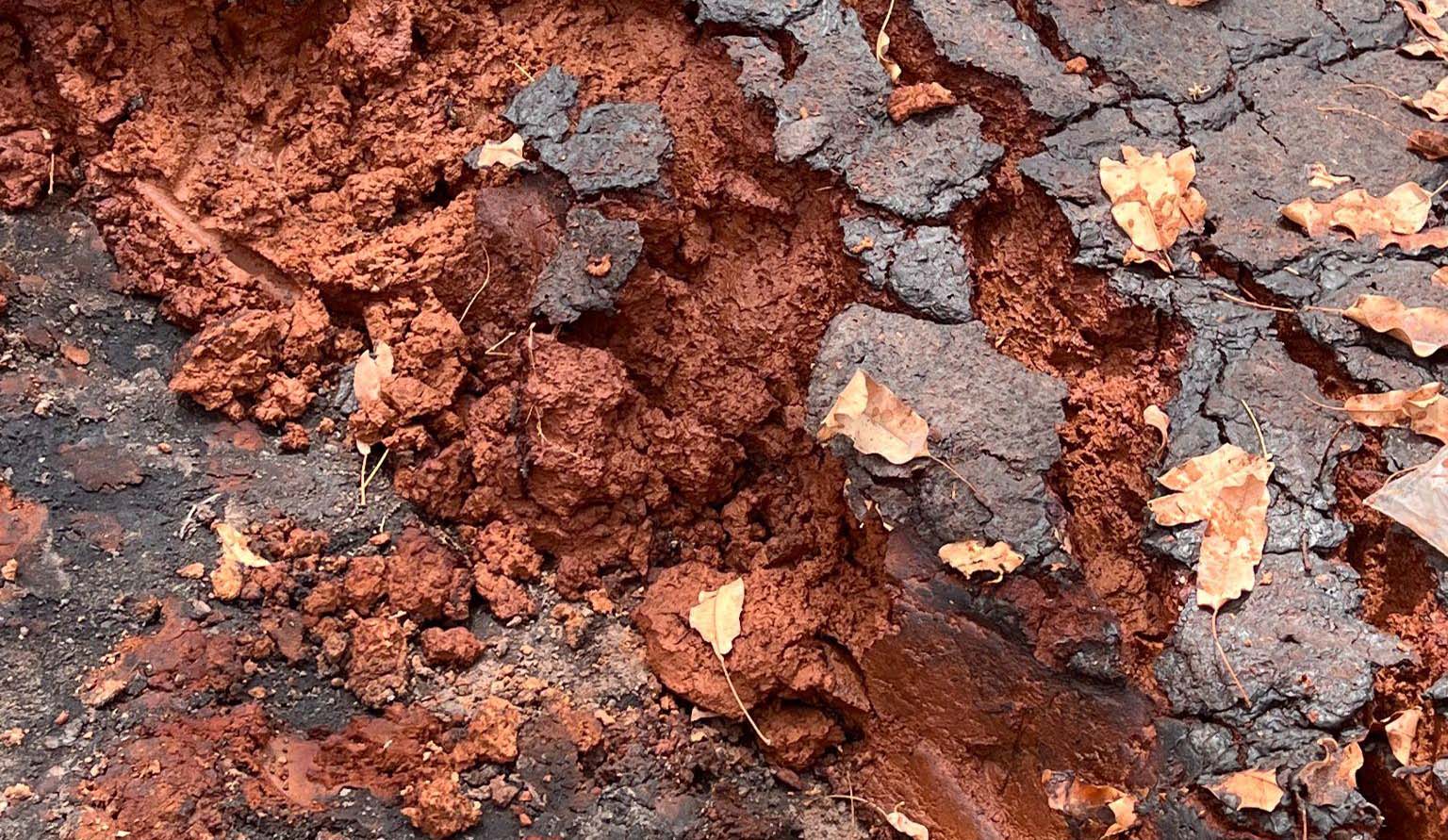Waste to Energy: Circular Economy Fuels Shea Butter Processing
|
Read below or watch the video:
Baraka Impact is pioneering a closed loop, waste to energy process that provides 100% of the fuel energy for processing shea butter, while mitigating climate change, supporting biodiversity and ecosystem health and providing local employment. Jump to content: |
The Story in Pictures
Fuel Energy for Making Shea Butter
The Baraka Way (Waste to Energy, combatting deforestation)
|
We aren’t perfect, and we aren’t all the way there. Yet. But, with the support and encouragement of our customers and their customers we are making progress, innovating and making change. With your support, we continue trying to make the shea butter industry more beneficial and impactful for the women producing shea butter and more restorative and less harmful for the environment and ecosystems. Follow along to see an exciting new initiative |
 |
 |
Whipping the kneaded and roasted shea coagulates the oils, leaving behind waste water saturated with shea nut solids |
|
|

|
 |
Wastewater is dumped and left for the water to evaporate and drain, leaving behind nut-solids to be made into waste to energy solar dried fuel blocks |
|
|

|
 |
Wastewater is dumped and left for the water to evaporate and drain, leaving behind nut-solids to be made into waste to energy solar dried fuel blocks |

|

|
 |
The waste water is left to settle and evaporate, leaving behind shea nut solids which are an excellent fuel source. The solids are shoveled into a wheelbarrow and taken to be made into fuel blocks. |
|
|

|
 |
The shea nut solids are made into fuel blocks and balls. Sometimes the women like the smaller, handmade balls and sometimes they prefer the larger, molded blocks. |

|

|
|
|
|
 |
The fuel blocks and balls made from shea nut waste are left to dry using solar energy. |

|

|
 |
When they are dried enough that they will burn hot and virtually smoke free (which the women much prefer to the traditional firewood which is smokey and doesn’t burn even) the fuel blocks are collected and taken to be used in shea roasting and boiling |

|
|
 |
The fuel blocks and balls are used for roasting and boiling shea butter |

|

|

|

|
 And, here is what we get. Made with 90% less climate and carbon impact. An amazing product for your skin and hair, incredible impact on the women and communities that make it and supporting biodiversity, ecosystem health and wildlife habitat. All made possible by customers like you, who believe that business can and should create social impact and be an effective steward of the environment at the same time as it makes profit and creates business value. |

|
The “Normal” Way (Cutting trees for firewood)This is the traditional way of gathering the energy needed for making shea butter. This is still used by nearly all in the industry today.
|
The Story in Words
The process involves no mechanization and is based on an integration of traditional knowledge and ingenuity from northern Ghana, coupled with pragmatic engineering insights gained from decades of Saskatchewan farming and logging experience.
Making shea butter from shea nuts leaves behind nearly 60% of the biomass as waste. Historically, for commercial hand-made shea production processes this was a problem to be dealt with, too often left to scatter over local landscapes and drain into waterways.
While the waste is entirely organic, with no added chemicals or anything, it still leaves an unsightly mess and builds up rapidly. And, at the same time as this organic waste is causing a problem and creating cost for dealing with, most processors are buying firewood for the roasting and boiling that is part of making hand-made shea butter.
Too often this fire wood is actually shea trees, cut down needlessly, decimating the shea forest, accelerating climate change and destroying ecosystem health and wildlife habitat.
We are a long way from perfecting this process, and we have borrowed heavily from local knowledge. We still need to work out how to do it at a greater scale, and sort out how to do it in the rainy season when we can’t leave it out for days to dry.
But, we are really encouraged by the progress we have made. The women prefer the recovered waste for fuel. It burns hotter and with less smoke than firewood and is easier to manage the heat with.
While we have had this project in mind for some time, and have made small forays into doing it, we must give credit to Burn Design Lab and evanhealy, our partners on the new Eco-Ergonomic Shea Roaster project. The new roasters and the leap forward they made in mitigating the environmental impact of shea processing inspired us to invest time and effort into scaling our Waste to Energy concept.
} -->
Connect With Us!












